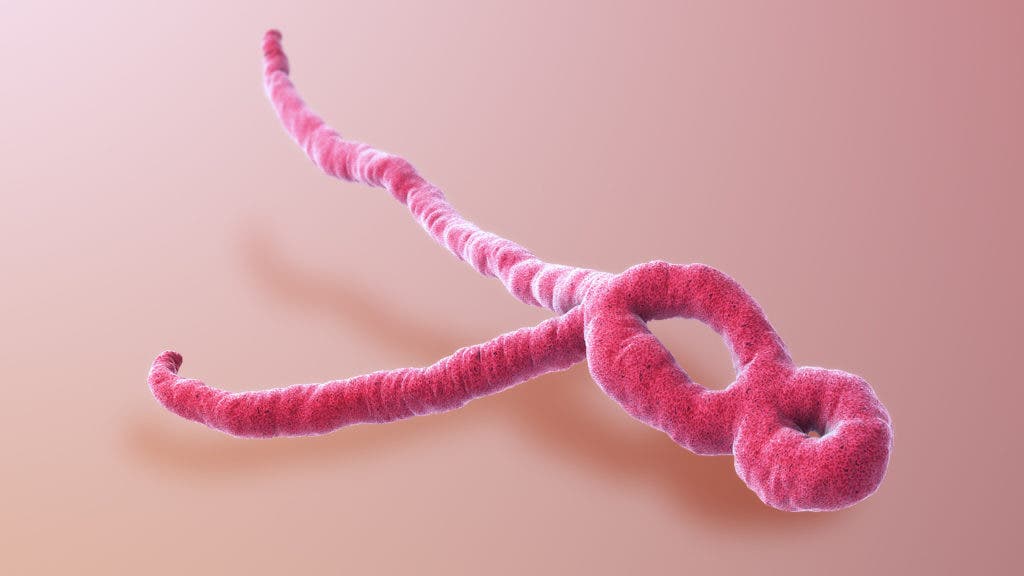The World Health Organization (WHO) confirmed a second Ebola case on Sunday, in the Democratic Republic of Congo — with many other cases remaining uncertain.

Health officials are trying to find 125 people who have been linked to the 19 suspected or already confirmed cases. Three people from the 19 have already lost their lives, and the there is a growing concern that more unreported cases still exist. It’s unclear how the first victim contacted the disease, though the WHO says past outbreaks have usually been linked with infected bush meat such as apes.
Last year, the Ebola outbreak killed more than 11,300 people, most of them in Guinea, Sierra Leone and Liberia. Congo, however, has had a different experience with the disease. Despite the fact that it was first detected there in 1976, Congo has had several smaller outbreaks but was relatively successful at containing them, avoiding massive loss of life. This is the 8th outbreak to ever hit the country, more than any other country in the world.
“Our country must confront an outbreak of the Ebola virus that constitutes a public health crisis of international significance,” the ministry said in a statement. “Our country is full of people well-trained in this matter and our health professionals also helped contain similar epidemics in other countries,” it added.
Still, this doesn’t mean that Congo is safe from large-scale outbreaks or that there’s no need to worry about the disease spreading to other countries. Treatment options are limited in Congo and neighboring areas. However, the WHO has an agreement with a drug developer which created an Ebola vaccine. They are now working to establish if deploying the vaccine is warranted.
“There are 300,000 doses of Ebola vaccine available if needed to stop this outbreak becoming a pandemic,” said GAVI’s chief executive Seth Berkley. “The vaccine has shown high efficacy in clinical trials and could play a vital role in protecting the most vulnerable.”
Ebola virus disease (EVD), formerly known as Ebola haemorrhagic fever, is a severe disease, often fatal in humans (with a survival rate of about 50%). The virus can be transmitted from wild animals to humans (which is how outbreaks generally start), but also from human to human. Limiting the expanse of the disease in wild animals would also help prevent future human outbreaks. Professional help is almost always required for disease containment, but even simple measures such as rehydration, basic hygiene, and symptomatic treatment can significantly improve survival rate. At the moment, there is no licensed treatment to eliminate the virus, though several studies are reporting progress.


